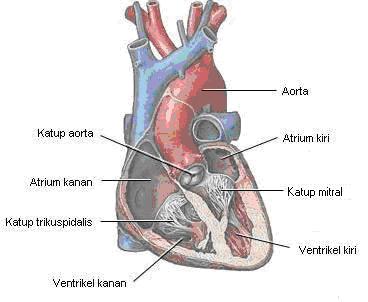
There is a free exchange of water, electrolytes, and small molecules between the intravascular and extravascular compartments of the body. The primary site of this exchange is capillaries and small post-capillary venules (sometimes grouped together and called "exchange vessels"). Several mechanisms are involved in this exchange; however, the most important are bulk flow and diffusion.
The rate of exchange, in either direction, is determined by physical factors: hydrostatic pressure, oncotic pressure, and the physical nature of the barrier separating the blood and the interstitium of the tissue (i.e., the permeability of the capillary wall).
There are two important and opposing hydrostatic forces: capillary hydrostatic pressure (PC) and tissue interstitial pressure (Pi). Because PC is normally much greater than Pi, the net hydrostatic pressure gradient across the capillary is positive, meaning that hydrostatic forces are driving fluid out of the capillary and into the interstitium.
There are also two opposing oncotic pressures influencing fluid exchange: capillary plasma oncotic pressure (πC) and tissue (interstitial) oncotic pressure (πi). πC is much greater than πi, therefore the oncotic pressure gradient across the capillary, if unopposed by hydrostatic forces, would reabsorb fluid from the interstitium into the capillary.
The oncotic pressure difference (πC - πi) should be multiplied by the reflection coefficient that represents the permeability of the capillary barrier to the proteins responsible for generating the oncotic pressure.
Because both hydrostatic and oncotic forces are normally expressed in units of mmHg. The net driving force (NDF) for fluid movement is the net pressure gradient determined by the sum of the individual hydrostatic and oncotic pressures